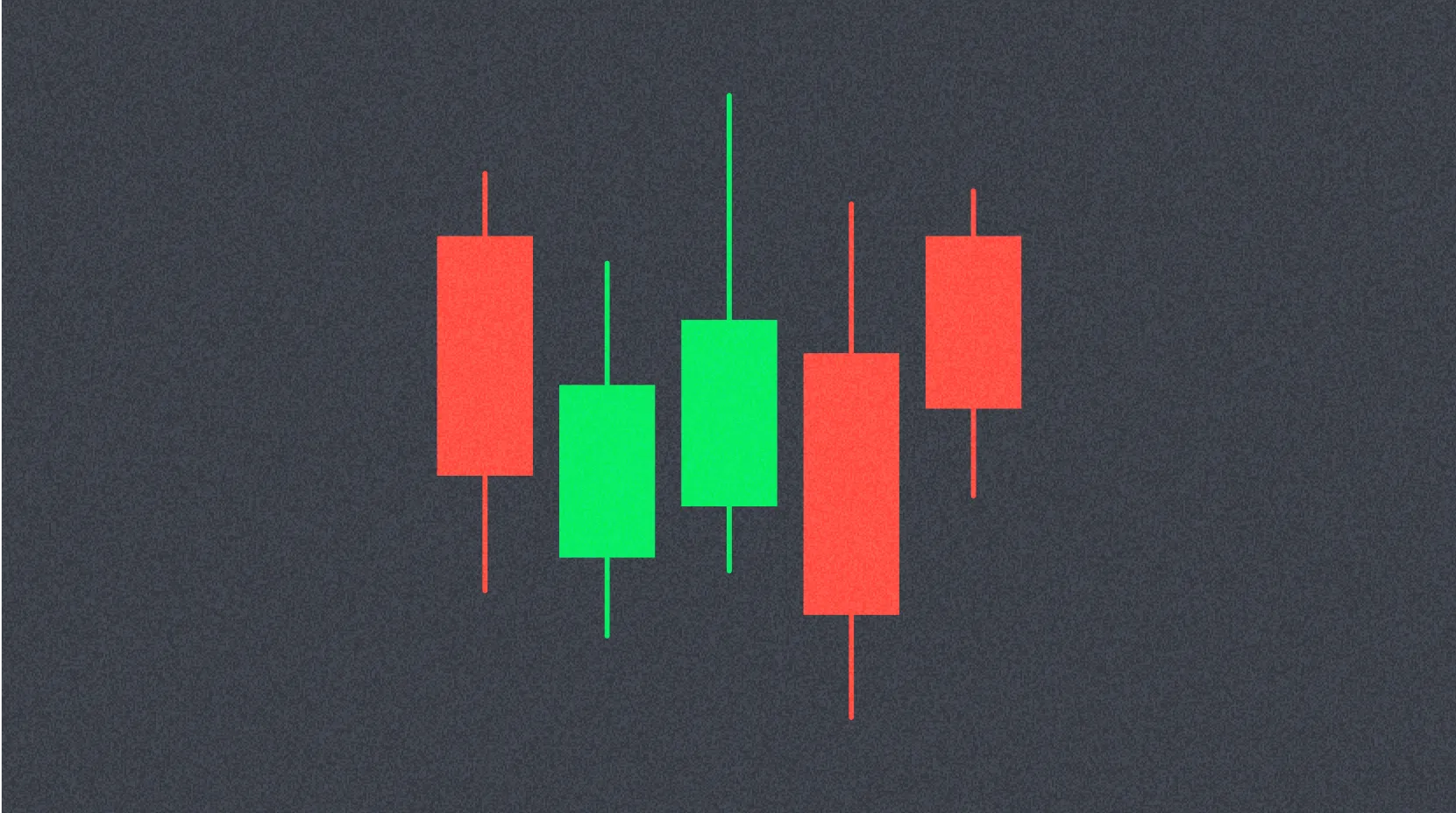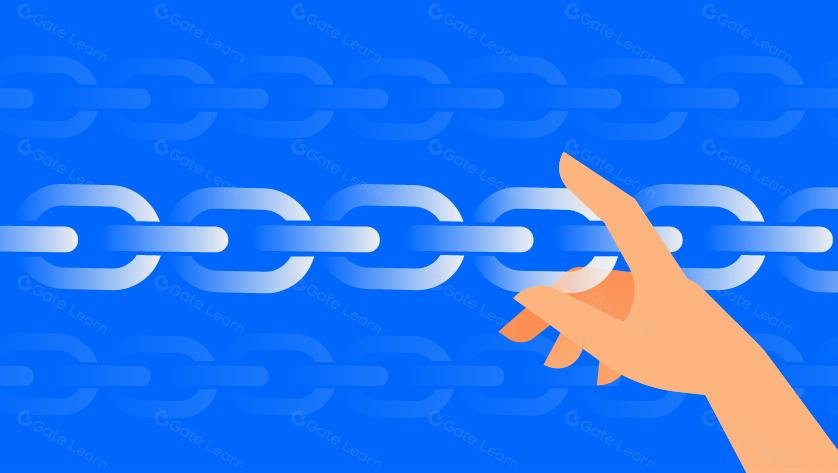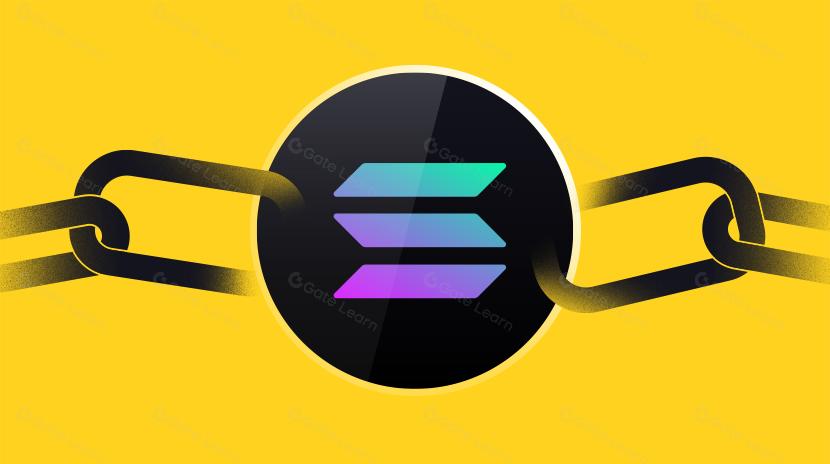Validator

Validators are essential participants in blockchain networks, responsible for validating transactions and adding them to the blockchain. In Proof of Stake (PoS) consensus mechanisms, validators earn the right to verify and create new blocks by staking a certain amount of cryptocurrency, replacing the role of miners in Proof of Work (PoW) systems. A validator's core responsibilities include ensuring network security, maintaining the integrity of the distributed ledger, and facilitating network consensus.
The concept of validators originated from the blockchain industry's search for solutions to energy efficiency and scalability challenges. As Bitcoin and other early blockchains faced criticism for their high energy consumption, the Proof of Stake mechanism and its validator model emerged as a more energy-efficient and sustainable alternative. Ethereum 2.0's transition marked a significant implementation of the validator model in mainstream blockchains, allowing token holders to participate in network maintenance by staking assets rather than investing in computational resources.
At the technical level, a validator's work mechanism encompasses several crucial processes. First, participants aspiring to become validators must stake a specific amount of native tokens (such as 32 ETH on Ethereum) as a security deposit. The system randomly selects validators based on factors like stake size and duration to propose new blocks or validate blocks proposed by other validators. The validation process involves checking transaction validity, executing smart contract code, updating states, and reaching consensus. Honest validators receive block rewards and transaction fees, while those engaging in malicious behavior (such as double signing or prolonged offline status) may have their staked assets slashed as punishment.
Looking ahead, the validator role will continue to evolve and remain central to blockchain ecosystems. With the rise of Decentralized Finance (DeFi) and Staking as a Service (SaaS) platforms, smaller token holders can participate in validation through liquid staking derivatives, lowering entry barriers. Meanwhile, cross-chain validation, zero-knowledge proof integration, and quantum-resistant cryptography implementation will further enhance validators' security and efficiency. Regulatory developments will impact validators' legal status, potentially requiring specific licenses or compliance with regulatory frameworks. Technological innovations such as sharding, optimistic rollups, and recursive zero-knowledge proofs will enable validators to process more transactions, improving throughput and scalability.
The validator mechanism represents a significant shift in blockchain technology from resource-intensive to capital-efficient approaches, laying the foundation for more sustainable and scalable decentralized networks. By combining economic incentives with penalties, the validator mechanism effectively addresses the energy consumption and scalability challenges faced by traditional blockchains while maintaining network security and decentralization characteristics. As Proof of Stake networks become more widespread and refined, validators will continue to serve as a crucial force in maintaining network integrity and facilitating consensus in the blockchain ecosystem, driving the industry toward more efficient and sustainable development.
Share
Related Articles

The Future of Cross-Chain Bridges: Full-Chain Interoperability Becomes Inevitable, Liquidity Bridges Will Decline

Solana Need L2s And Appchains?
